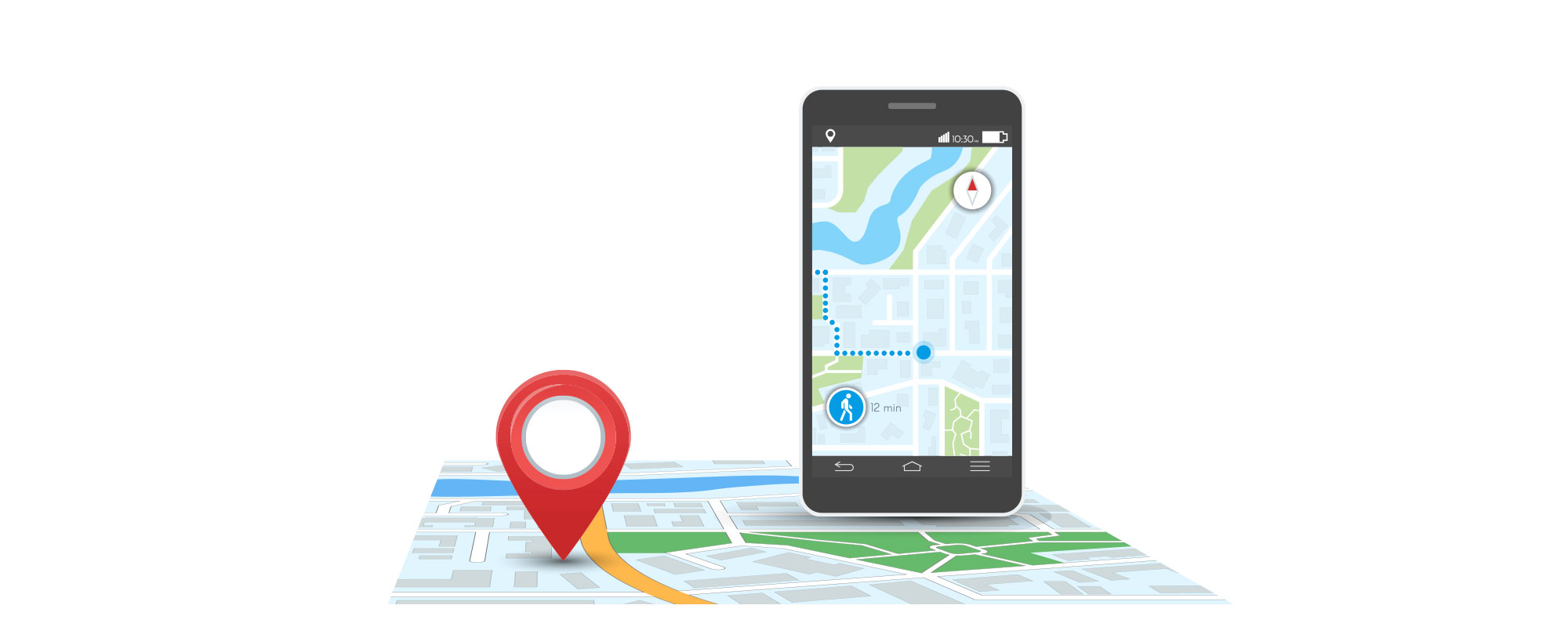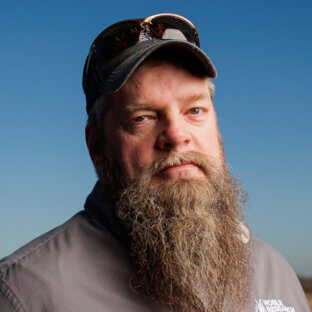As a youngster, I spent a lot of time with my grandpa, fishing on Lake Texoma. He had dozens of secret fishing holes scattered all around the west end of the lake. These included rises, drop-offs, creek channels, points and submerged brush piles.
Grandpa’s method of finding these spots again and again is probably something of a lost art today but bears a great similarity to how GPS works. Rather than marking anything with a float or a jug like normal people — “I don’t want those Texans finding ’em!” he’d say — we located landmarks on the bank and oriented ourselves based on how those landmarks lined up. We needed at least two points of reference that were close to 90 degrees from one another to get the boat positioned over the point of interest.
I instinctively understood that I was sworn to secrecy and that “They’d have to kill me first!” to get the coordinates of these hush-hush honey holes. Imagine my confusion when, upon our return to the docks, someone asked Grandpa where we caught all those fish and he proceeded to tell them all about our secret location and how to find it. He even told Texans! Later on I made the connection that if you wanted to catch fish, my grandpa was the guy to talk to.
The Basics of GPS
If you have several points with known locations and you know the distance to all of them from where you are, you can calculate your location. Well, maybe you can’t, but your GPS receiver can.
The Global Positioning System consists of 24 satellites in orbit arranged so that there should be at least four satellites overhead at any location and time. Each satellite broadcasts its location and the time of that broadcast. A GPS unit receives that broadcast and identifies the satellite, its position and the time elapsed since that broadcast was sent. It then calculates its distance from the satellite based on the time it took for that broadcast to reach the GPS unit.
The receiver’s location will be at that distance somewhere in a sphere around that satellite. This is not all that helpful. However, if the same process occurs with another satellite, the location can be narrowed down to two locations in space — where the spheres around the satellites intersect — and only one of those locations should be on Earth’s surface. Add a third satellite, and the location becomes much more precise. With three satellites that were in a similar plane, there could still be some confusion. The point could still move perpendicular to them. If, however, we add a fourth satellite, we achieve a “3D” position — we know latitude, longitude and altitude.
Make Your Own GPS
You can demonstrate how GPS works with the following activity.
You Will Need:
- A small object
- String
- Scissors
- Tape
- A flat surface, like a tabletop
Step 1: Take your object, and tie a string to it. Tape the end of the string to a tabletop. Move the object around while keeping the string tight. The object is constrained to a certain extent, but it can still go lots of places.
Step 2: Tie another string to the object. Stretch the string out, and tape the end to the table. Depending on the location of the ends relative to each other, the object’s movement should be further constrained.
Step 3: Try a third string. Lift the object above the table’s surface; it can still move that direction.
Step 4: Tie on a fourth string, and pull up on the object with the string. Once the fourth string is attached, the object should not have much opportunity for movement in any direction. The location of the object (which represents you or your GPS-equipped phone) is known relative to the point where the strings (which represent the satellites) are attached.
Now if they’d just come up with some technology to make the fish bite.


Comments